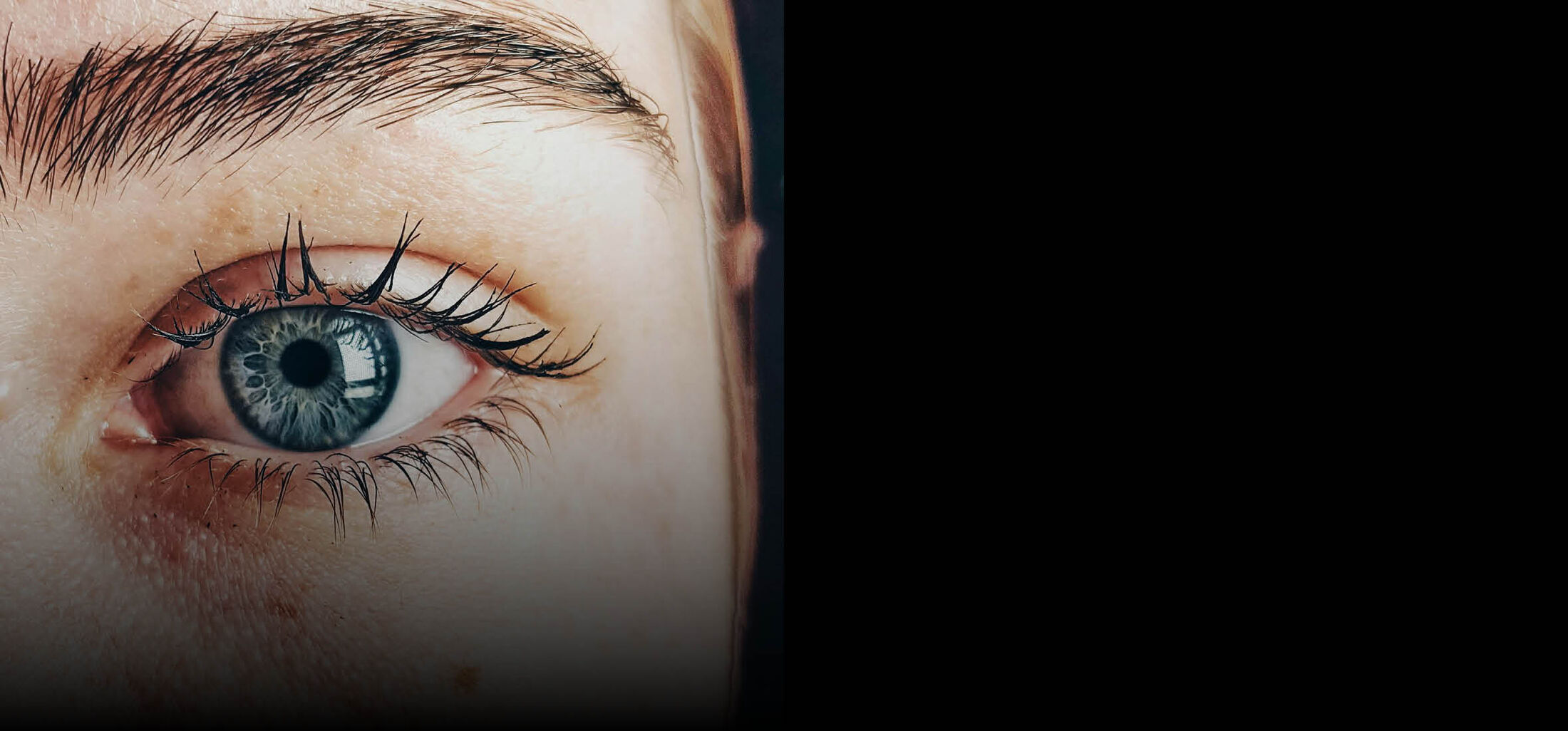Specialized Courses
An individual training plan of two to four specialized courses will be tailored by the trainee and the two supervisors. All courses listed here are specifically devoted to the RTG. Many of them have a strong methodology focus or provide practical education in the lab or clean room. The format of the RTG-specific courses will be chosen according to the number of participants and schedule. This part of our qualification program we will also go beyond electrical stimulation of retinal neurons via a neuro implant. It will cover genetic and optogenetic approaches as well as targets for neuro implants apart from the retina:
Topic | Content (Supervisor, Duration) |
Practical course to Basics in electrical engineering | Basic electronic circuits, voltage meter, current/voltage source, filters, introduction to circuit simulation, basic LabView, microcontroller programming, data acquisition with Raspberry Pi. (Ingebrandt; 10 h) |
Fabrication of Micro-electrode Arrays | Basics of cleanroom technologies, manufacturing methods of microsystem technology and the process steps of current MEMS (Micro-Electro-Mechanical Systems), NEMS (Nano-Electro-Mechanical Systems) and post-CMOS integrations. Manufacturing high-density electrode arrays and encapsulating implants. (Ingebrandt, Seidl, Knoch; 12 h) |
Basics of CMOS circuit design | Basics of CMOS circuit design. Passive and CMOS components, methods for the analysis of operational amplifier circuits. Practical work with simple circuits on a plug-in board system so that (a) weak signals in the lower mV range are amplified and digitized. Later, (b) a current-controlled stimulator will be set up and generally validated in a test setup. (Kokozinski, Seidl; 12 h lectures, 1 d practice) |
Intelligent implants | Design and fabrication of different implant types, like cardiac pacemaker, defibrillator, retina implant, cochlea implant, deep brain stimulator, spinal cord implant. (Mokwa, Seidl; 8 h) |
Optical stimulation, recording, imaging and image processing | Introduction into planar photonic integrated circuit technologies (PIC technologies) as well as beam forming/beam steering technologies. Basic working principles of guided wave optics and the concept of interferometric and diffractive optical devices, light scattering mechanisms. Phase array based beam forming devices with arbitrary beam patterns. Algorithms required to generate specific emission patterns. (Merhof, Merget, Witzens; 10 h) |
Visual processing | Processing of information in vision – throughout the central nervous system. A major focus is on the two sites that can be targeted for electrical stimulation by implants: retina and visual cortex. State of the art neuro implants in both systems. (Müller, Kampa; 10 h) |
Filtering in image analysis | Linear shift-invariant filters with finite support (FIR), nonlinear filtering, edge detection. (Merhof; 1 d). |
Workshop on optical design tools | Hands-on tutorial on optical design tools required for the design of photonic integrated circuits as well as refractive optics based imaging systems. Introduction into Zemax (raytracing for lens based imaging), Lumerical Design Suite (photonic integrated circuit design) and COMSOL Multiphysics (phase tuners used in phased arrays). (Merget, Witzens; 2 d) |
Molecular Sensory Biology | In-depth understanding of the cellular signal transduction pathways and insights how such diverse stimuli like light, chemical compounds or mechanical stimuli can be translated into electrical signals by sensory cells and neurons. (Müller; 10 h) |
What the retina tells the brain | As the retina is the dedicated target for a neuro implant in InnoRetVision, we will offer RTG trainees the possibility to watch a retina at work. Using in vitro preparations, we will record responses of ganglion cells from a normal retina to light stimulation as well as pathological oscillatory activity from a retina with photoreceptor degeneration. The effect of electrical stimulation will be demonstrated. (Müller; 4 h) |
Targets for future neuro implants - cortical function and stimulation | Functional design of the cortex, cortical circuits, and cortical connections. (Kampa; 10 h) |
Small animal imaging | MRI measurements of rat or mouse, PET and CT imaging, ex vivo autoradiography of cryo sections with histology, Co-registration of MRI, CT and PET images using analysis software. (Willuweit; 5 d). |
Genetics and gene therapy | Genetic causes of retinal degenerative diseases, general principles of gene therapy, specifically the ocular gene therapy, and aspects of the translation from bench to bedside. (Johnen; 6 h) |
Cell manipulation and optogenetics | Optogenetic approaches, expression of genetic constructs in cells in vitro and in vivo, transfection techniques and viral transduction, targeting of specific cell types, and stimulation of neurons with light-activated ion channels. (Kampa, Müller; 10 h) |
Vitreoretinal surgery | Operation room visits, demonstrations for small groups of 2-3 students at selected timepoints during the semester. (Walter; 12 h for each student observing surgery) |
Hands-on experience on complementary experimental skills | In each of these workshops, RTG trainees will be introduced to one technique to provide insight into state-of-the-art technologies available in InnoRetVision. (All PIs of the RTG) |
|
|
